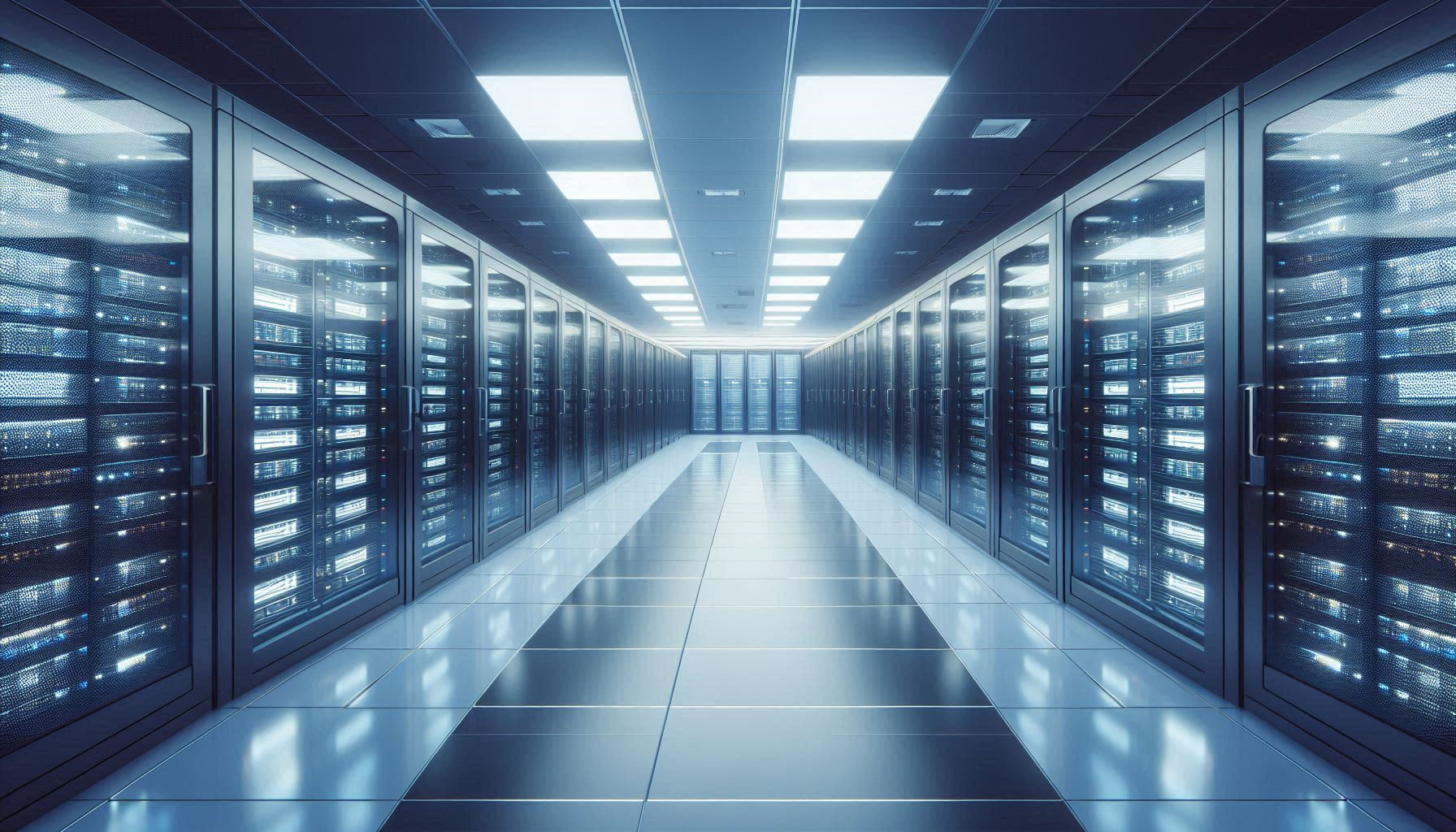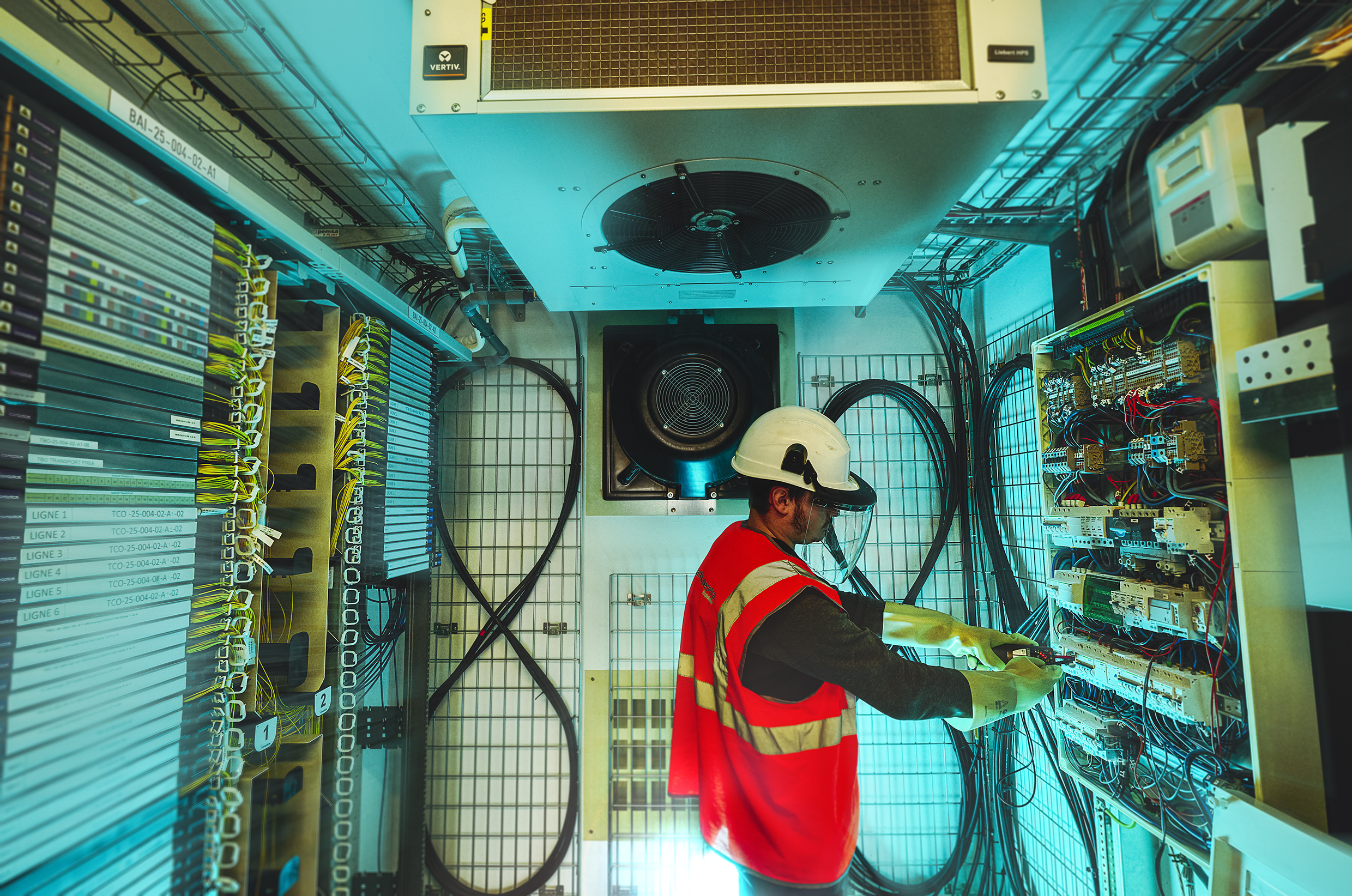Why is hydrogen so important to the energy transition?
Liliya Ivanova: Hydrogen is used in all sorts of industrial applications (refineries, chemicals, fertilsers etc.), but about 99% of all hydrogen that’s produced is grey hydrogen, which is made from fossil fuels, thereby emitting carbon. In hard to abate sectors, which are difficult to electrify, switching to low-carbon hydrogen is therefore critical in the context of decarbonisation and the net zero targets being set by governments.
Iciar Rivier: The cleanest form of low-carbon hydrogen is what’s known as green hydrogen – made by splitting water through electrolysis, a process powered by renewable energy. So in the context of energy transition, there’s huge potential there – but it’s not without its complications.
Given the nascency of the sector, there’s a lot of development and construction capital that’s required. And that fits very well within our capital gain strategies, which effectively take development and construction risk to build assets or platforms to a certain scale, and then once the proposition has been de-risked, realise value through exits.
What are the considerations when investing in green hydrogen infrastructure?
LI: One of the main elements an investment firm will be looking at is the risk versus reward profile. When we’re looking at an investment into the hydrogen space, we can draw a lot of parallels from other infrastructure and renewable assets. However, the hydrogen sector is very nascent, and therefore, there’s currently uncertainty surrounding its future direction. This means that the return profile for each project, in our view, needs to be attractive enough to compensate for the risk that’s being taken.
IR: A specific key risk area is the ability to access low-cost electricity. This is one of the key drivers of the levelised cost of hydrogen, accounting for about 75% of the total cost.
LI: It’s also crucial to have clarity on the offtake. Unlike electricity – which can be produced and sold into the grid – there is a real risk with hydrogen that you end up with a stranded asset. So, it’s important to be clear on how the offtake will work – both monetisation and the physical delivery through the value chain from production to consumption.
IR: And the other main factor – which also concerns monetisation – is the role of subsidies. Today, green hydrogen is not cost competitive with grey hydrogen, so subsidies are critical. While subsidies for capital expenditure help, they don’t have enough impact on project economics on their own. To achieve attractive project economics, subsidies for operational costs are essential.
What part of the value chain do you see as most attractive?
LI: In the near term, it’s production. Firstly, because regulation so far has mainly focused on that, to help the sector take off. And secondly, because InfraRed has a successful track record of developing, building, and operating renewable projects, so there are some synergies there we can take advantage of.
IR: Looking towards the medium term, the transportation and storage of hydrogen is quite interesting too. While regulation on that front is lagging, its development has kicked off in some countries, including the UK, so that will likely be the next area we look at.
What needs to happen for green hydrogen to take off?
LI: In the first instance, the main drivers are subsidies and regulation. As Iciar mentioned earlier, subsidies are critical in order for green hydrogen to be competitive with grey hydrogen or natural gas. But we also need to have regulation that effectively forces and incentivises end users to adopt green hydrogen in their operations. This sort of two-pronged approach is exactly what happened with renewable energy as well.
IR: We are seeing some traction on the subsidies front. The US recently announced a subsidy of up to $3 per kilogram through the Inflation Reduction Act and Europe is now catching up, having recently announced €800m of funding to come into effect in late 2023, to provide a subsidy that is expected to be very similar to the U.S. in terms of structure and price.
LI: In addition to subsidies and regulation, we also need to see more commitment from end users to create solid demand. We’ve seen a lot of announcements, but so far not many firm commitments to pay a premium for green hydrogen in any great volume. In many cases, the commitments have been for small volumes, so off-takers can take a bit of the risk without compromising their bottom line.
IR: The other key driver will be increasing electrolyser manufacturing capacity. Today it’s very limited. As of end of 2021, there were only c. 500MW of electrolysers operating globally, and total production capacity is still ramping up. Meanwhile, the number of projects that have been announced is quite large, so there is a constraint in the supply chain. Other companies coming into the sector – to provide additional capacity – could be critical if the projects that are currently in the pipeline are to progress to Final Investment Decision (FID) and ultimately construction phases.
What end uses are most near term?
IR: Most of the hydrogen currently being produced is grey hydrogen, which is used in refineries and in the production of methanol and ammonia (mostly for the chemical and fertiliser industries). So, in the near term, replacing grey hydrogen with green in these hard to abate industries would seem logical. But over time, we also expect new uses, such as green steel, shipping, and mobility. The jury is still out on the exact timing of these new end uses. That being said, there are many announcements in the market giving us positive indications that they’re coming quicker than many expected, which is encouraging.
How is InfraRed positioned for green hydrogen projects?
LI: Green hydrogen projects are really an evolution of typical infrastructure and energy projects – the sort of projects InfraRed has been doing with success over the last 25 years. The main difference, at present, is their level of complexity. But navigating that is something that we have a lot of experience in, on the back of our investments in developers focused on flexible generation such as utility scale batteries, as well as fibre and telecom businesses, for example.
IR: Also, given the nascency of the sector, there’s a lot of development and construction capital that’s required. This fits very well within our capital gain strategies, which effectively takes development and construction risk to build assets or platforms to a certain scale, then once the proposition has been de-risked, realise value through exits.
LI: Our experience as a pioneer in renewables and smart energy solutions puts us in a strong position. These green hydrogen projects are either powered directly from the grid or require some kind of renewables infrastructure (either through physical connection or through a procuring a virtual Power Purchase Agreement (PPA)). This is where our experience in renewables is very relevant, both across the development stage, with managing development risk and PPA structuring, as well as during the operational phase – ensuring smooth operations and further de-risking of cash flows. Some of our renewable assets that are either in development or already operational, could also be used to provide electricity to the hydrogen projects we’re looking at – so there’s definitely synergies there. We are constantly leveraging our experience
and expertise from other sectors when assessing hydrogen opportunities and positioning InfraRed for a suitable and timely investment into this new and exciting sector.



